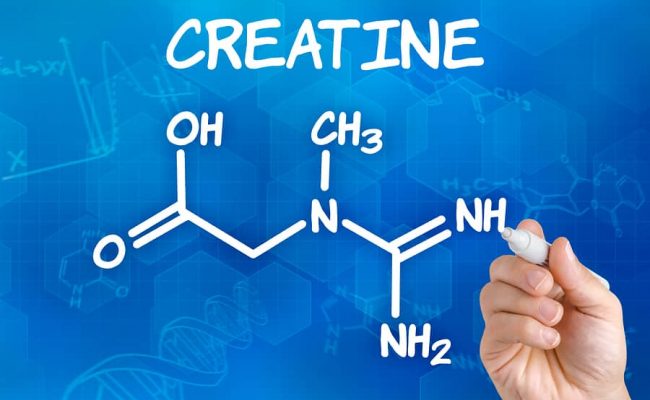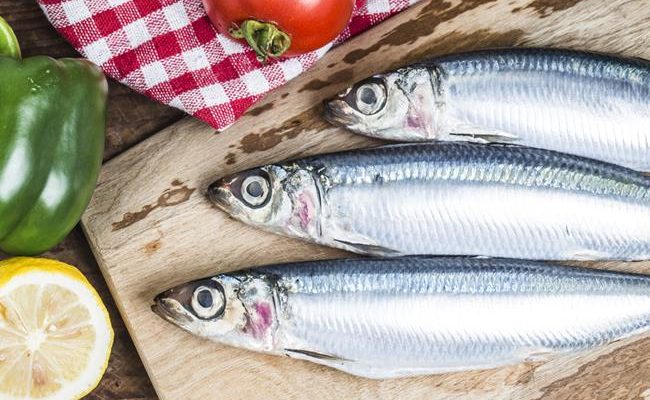
There is some controversy when it comes to meat recommendations per day. Many health organizations recommend limiting meat consumption to reduce risk of chronic diseases.
However, recently a few health professionals are in favor of higher meat consumption and argue that meat is not to blame for the increase of Americans getting more obese and sick.
In order to determine what the right recommendation for eating meat is, there are many factors to consider that are listed below.
Recommended amount of daily meat intake
The Center for Disease Control and Prevention (CDC) recommends to get 10-35% of calories daily from protein. This protein can come from meat, eggs, and dairy but also can include non-animal sources like legumes or tofu.
More specific to daily meat intake, the American Heart Association (AHA) recommends not getting more than 6 cooked ounces per day of meat. The AHA also suggests meat intake to be primarily fish, shellfish, poultry without the skin and other trimmed lean meats.
Most Americans can easily get more than this recommendation in a day. Three ounces of meat is about the size of a deck of cards. A typical dinner from a restaurant can easily have a 6-12 ounce serving of meat in just one meal. See also: How to eat more protein without meat.
What kind of meat?
Red meat has been associated with increasing risk for heart disease and possibly some cancers.
According to the Physicians Committee for Responsible Medicine (PCRM), some large scale research studies have shown that vegetarians were 40% less likely to develop cancer compared to non-meat eaters.
Compared to those who eat meat rarely, people who regularly eat meat have about three times colon cancer risk.
In 2007, the American Institute for Cancer Research published a review indicating red meat and processed meats (i.e. hot dogs, salami, bologna, etc.) possibly increase cancer risk. The negative association with meat and heart health is also usually referred to with red and/or processed red meat.
The preservatives, fat content, hormone levels and harmful chemicals called heterocyclic amines (HCA) are thought to be what can increase risk for some chronic diseases with red/processed meat consumption.
Meats are a source of saturated fat which could increase risk for heart disease. According to PCRM, countries with higher fat intake from animals have higher incidence of breast cancer compared to other countries.
However, some health professionals are questioning the link between red meat and heart health and speculating that some types of saturated fat may not be as harmful as suspected. More research needs to be done to further clarify recommendations for saturated fats, meat intake and heart health.
Meat that is from grass fed animals contains a different fatty acid profile compared to animals raised on corn. In general, grass fed meat is higher in omega 3 fatty acids, which is beneficial for lowering inflammation. Therefore, consuming grass fed meat may affect the body differently than conventionally raised meat.
Processed red meats like ham, sausage, hot dogs, etc. can also be a source of carcinogens and saturated fat. Most health professionals suggest limiting intake of processed red meats as sparingly.
How is meat prepared?
HCAs are produced during cooking meats at high temperatures. HCAs come from a number of meats including red meats, chicken and fish. The longer and hotter the cooking method, the increased potential for the formation of HCAs. The danger of consuming HCAs is that they are carcinogenic.
Polycyclic aromatic hydrocarbons (PAH) can also form from meat during cooking. Like HCAs, PAH are considered carcinogenic too. PAHs can form when a meat is burnt, so consuming charred or burnt meat will increase risk for PAH. HCAs can form from grilling, broiling or frying.
The combination of eating meats either char grilled, cooked at high temperatures or eating meat well-cooked can all increase carcinogen consumption from meat. Therefore, not only the amount of meat but how it is prepared should be taken into account for impact on health.
Bottom line
The AHA recommends a serving size of 6 ounces of protein a day for most healthy adults, and the CDC recommends getting 10-35% of calories from various sources of protein. The AHA suggests that most meat intake should be from seafood, skinless poultry or other lean meats.
Red meats and processed meats can be higher in fat and carcinogenic compounds. When cooking meat, try to primarily avoid high heat sources, charring meats and over cooking them to lower intake of carcinogenic compounds like HCAs and PAH.
How much meat should you eat? Studies have shown an association of lower chronic disease risk in populations that eat very little animal products (vegetarians). Whether that is because of low meat intake or because they are eating higher amounts of other healthy foods needs clarification.
Meat is a source of many vitamins and minerals, but it does not contain fiber. No matter how much meat you eat per day, remember the importance of a balanced diet besides protein sources that provide a variety of foods from vegetables, fruits, grains, legumes and healthy fats.
References used in this article










